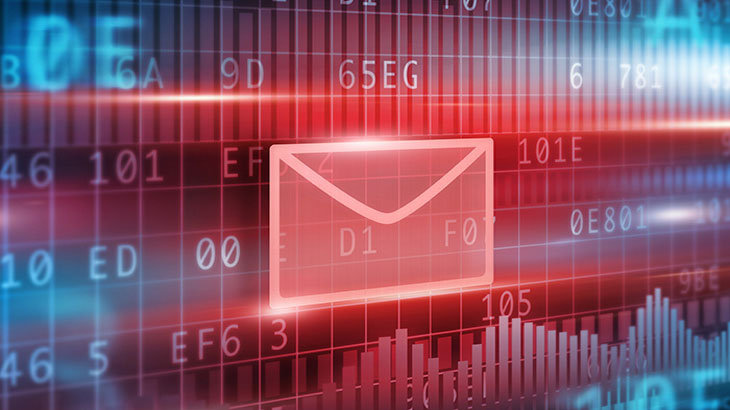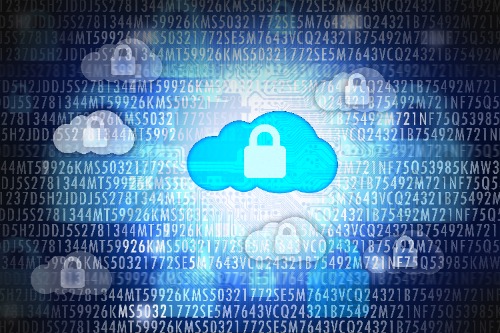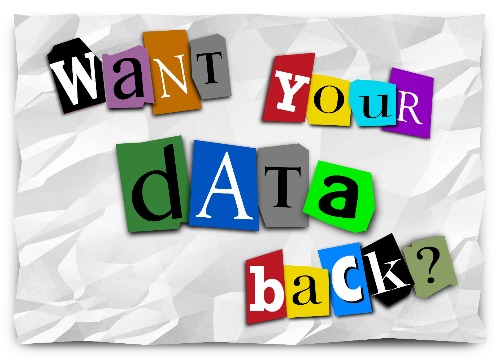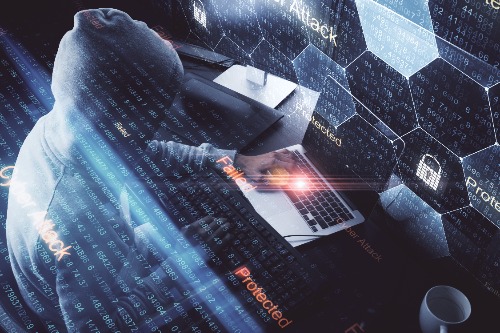SMBs Continue to be Hacker’s Target
A recent study, State of the Channel Ransomware Report, collected data on over 100,000 small and medium-sized businesses (SMBs) regarding the cyber threat, ransomware. The information collected was based on data from the second quarter of 2016 through the second quarter of 2017. It was found, fewer SMBs were paying the ransom demands than previously. Although, the cyber criminals still had a hefty payday. Of the 35% of ransomware victims that paid, cyber criminals collected 301 million dollars.
Additional details discovered in this report included:
- Global ransomware attacks against SMBs skyrocketed from Q2 2016 through Q2 of 2017.
- Six percent fewer SMBs are paying the ransom demands, compared to 2016 data.
- Of the 35% who paid the ransom demands, 15% did not recover their data.
- There was an 8% increase in the number of ransomware attacks reported to the authorities.
- One-third of the ransomware victims had their backup data encrypted as well.
The Good and the Bad
The study revealed some great points for SMBs. First, they’re handling ransomware attacks more appropriately than what was done in the past. SMBs are notifying authorities more often of attack than before, and fewer are paying the ransom demands. Although, there were a few troubling pieces. Even though fewer companies are paying the demands, the payments within one year exceeded $301M. It is quite possible these organizations paid the ransom because their backup files were encrypted too. When this happens, companies often feel they have no choice, but pay the ransom. However, 15% of those who paid, still never retrieved their data.
What to do now…
Recently, the article, 5 Top Tips to Combat Ransomware, was published. It is encouraged SMBs read through these tips. Many of which do not increase IT costs, but simply require a new process to be implemented. For example, automating patch management services, properly backing up systems, and auditing administrative rights. Lastly, implementing a security solution that utilizes application whitelisting technology as its primary method of malware detection is the best way to prevent future malware attacks — including ransomware. For example, the whitelist technology at the core of PC Matic Pro and PC Matic MSP was recently tested by Virus Bulletin, a third-party malware testing agency, and scored a prevention score of 99.9%.




